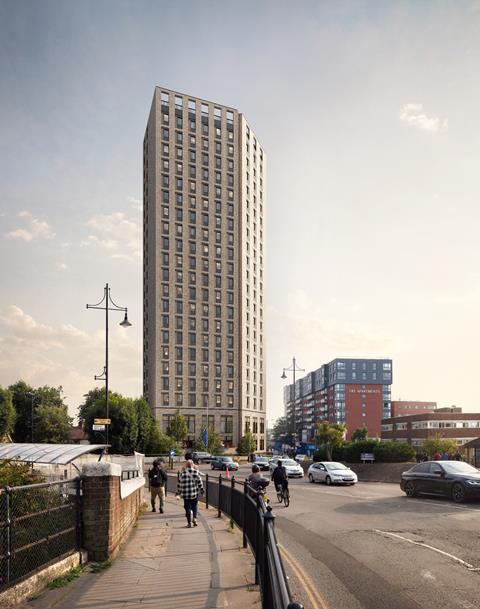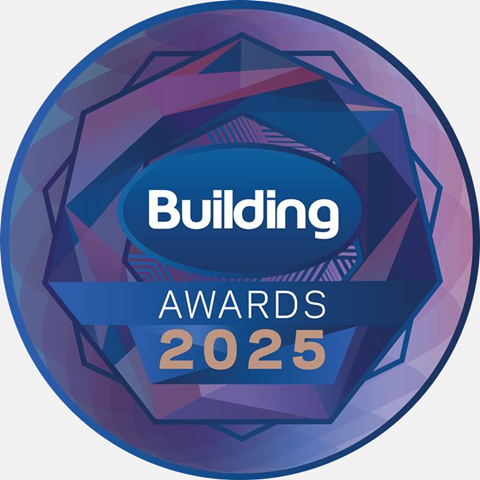Tide’s 23-storey student accomodation tower cleared to start construction after seven-month wait
A 23-storey student accommodation tower in west London has become the first volumetric scheme to receive gateway 2 approval under the new building safety regime.
Volumetric developer Tide’s 424-bed scheme in Southall, called The Green, was granted approval to begin construction from the Building Safety Regulator earlier this week after putting in its application in mid-March.

While delays to the BSR’s gateway 2 approval process are widely reported to have improved in recent months, Tide’s seven-month wait is still more than double the time promised by the regulator to return applications when it was set up in 2023.
Tide said it will start construction of the scheme “immediately” and in collaboration with its offsite manufacturer and sister company Vision Volumetric.
The developer said its advanced factory controls and “rigorous quality assurance processes” will enable it to document every stage of the construction process, helping it to achieve gateway 3 approval from the regulator which is needed before occupation.
The firm’s volumetric units each undergo six independent quality assurance sign-offs before leaving the factory, while every build stage is digitally tracked with scannable QR codes, providing instant access to all relevant documentation.
Tide and Vision chief executive Christy Hayes said: “Securing the UK’s first Gateway 2 approval for a volumetric building is a landmark moment for Tide and Vision.
“Strong collaboration and regular communication with the regulatory lead and multi-disciplinary team have been key to this project.
“By working hand-in-hand with the regulator, we have fine-tuned our documentation and quality processes to align fully with gateway requirements.
“This gives us confidence in navigating Gateway 3 and future approvals, while setting a clear benchmark for volumetric construction across the industry.”
The project team includes lead architect Formation Architects, planning consent WSP, MEP engineer Atelier Ten and structural engineer Barrett Mahony Consulting Engineers.











No comments yet